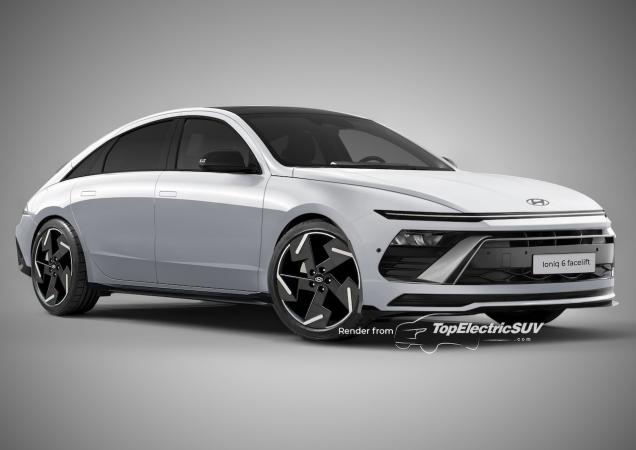2026 Hyundai Ioniq 6 N Prototype First Drive: Elevating EV Performance
"Now, switch to N mode—you can use the paddles," instructs the development driver as we navigate a camo-covered prototype of the 2026 Hyundai Ioniq 6 N around a section of Hyundai’s "Little Ring" test track. With a quick downshift into a wide hairpin, the digital tachometer surges, and synthetic engine noise fills the cabin as we brake hard, hold for the apex, then accelerate out—only to overdo it slightly, sending the tail into a brief slide. A quick lift corrects it, and we’re back on the power, working the paddles through an uphill bend while the car’s artificial soundscape amplifies every simulated shift.
We’re at Area C, part of Hyundai’s Namyang R&D facility in South Korea—a proving ground inspired by Germany’s Nürburgring, where Hyundai’s N performance division was born a decade ago. This is also where we’re getting our first taste of the Ioniq 6 N, the electric successor to the thrilling Ioniq 5 N.
Building on the Ioniq 5 N’s Success
The 6 N inherits much of what made the 5 N so impressive—including its Best Tech award-winning features—but refines them with software upgrades that enhance the experience. While Hyundai hasn’t released full specs yet, the powertrain is expected to mirror the 5 N’s: dual permanent-magnet motors (273 hp front, 406 hp rear) powered by an 84-kWh battery, delivering 601 hp (641 hp with N Grin Boost). It also retains Hyundai’s 800-volt architecture and E-GMP platform.
One standout addition is the fixed swan-neck rear wing, generating 220 lbs of downforce at 155 mph. The 6 N also features wider fenders (+1.2 inches), a slightly longer wheelbase (+0.6 inch), and 20-inch Pirelli P Zero Elect tires for better grip.
Enhanced Performance & Driving Dynamics
Beyond hot laps, we tested the 6 N’s launch control and updated N e-Shift and N Active Sound+ systems—features that initially wowed us in the 5 N. This time, Hyundai sharpened the "gear ratios" in the shift simulation for quicker response and added louder external speakers for more drama under acceleration.
Hyundai’s engineers also tweaked the semi-adaptive dampers, torque-vectoring system, and roll center to improve agility. "Predictability is key," says Manfred Harrer, Hyundai’s R&D chief. "You can push it to the limit with confidence."
Though we couldn’t verify performance numbers, the 6 N should match—if not beat—the 5 N’s 2.8-second 0-60 mph time and improve on its 102-ft 60-0 mph braking distance, thanks to its lower weight and aerodynamic advantage.
Battery & Thermal Upgrades
Hyundai aims for a 20:20:20 track endurance goal: 20 minutes of hard driving, 20 minutes charging, then another 20 minutes at full pace. To achieve this, the 6 N gets improved battery cooling and motor adjustments (stator, rotor, and housing optimizations).
Drift Mode Mastery
Our final test? Drifting (or "deuripeu-teu" in Korean) on a wet skidpad. With the N Drift Optimizer set to maximum slip angle and wheelspin, the prototype held controlled slides effortlessly—even with paddle-shifted "gear" changes. (Hyundai wouldn’t let us try, citing earlier… incidents.)
Verdict: More N Magic, Only Better
The 2026 Ioniq 6 N proves Hyundai’s N division remains relentless in pushing EV performance. With sharper dynamics, smarter software, and even more engagement, it’s an electric sports sedan that could win over even the most skeptical enthusiasts.

